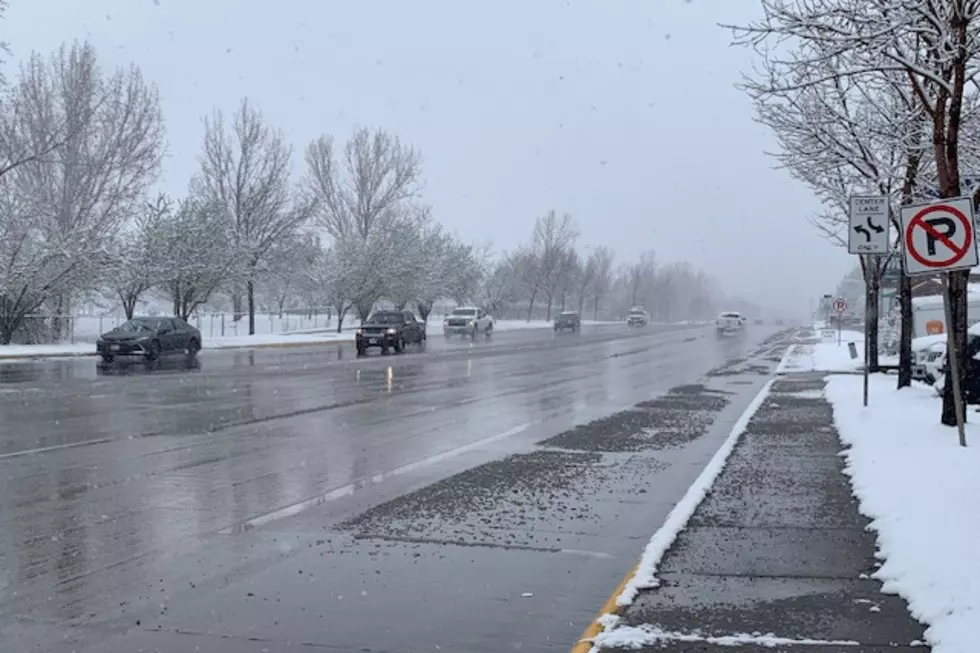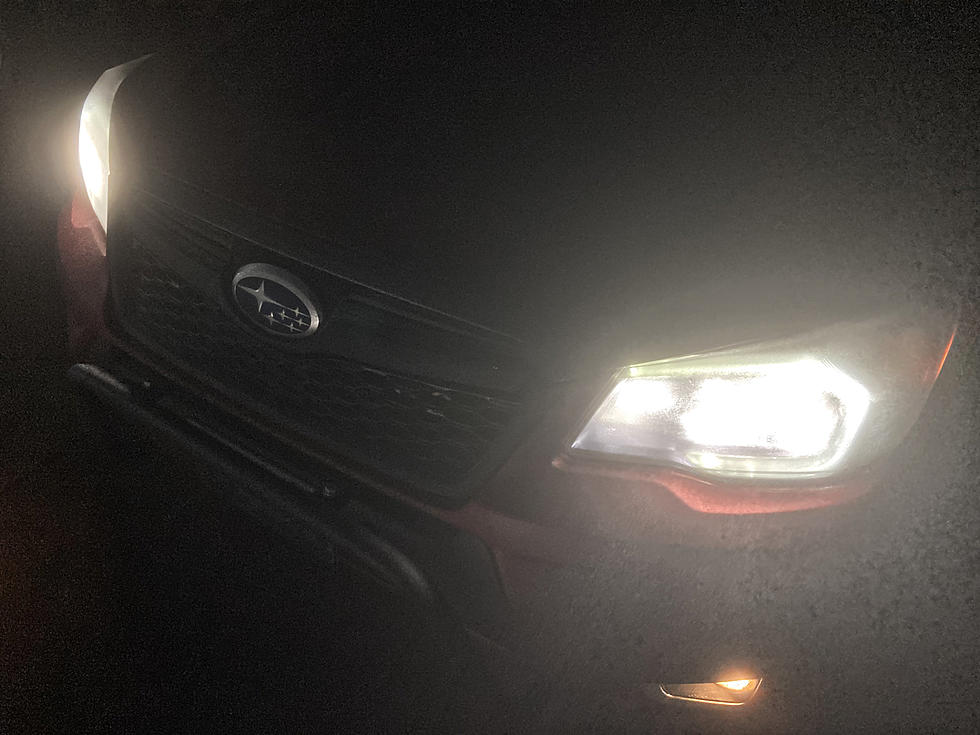![National Weather Service Vs. Old Farmer’s Almanac on Missoula Winter Forecast [AUDIO]](http://townsquare.media/site/119/files/2013/09/snow-storm-Steve-A.-Johnson.jpg?w=980&q=75)
National Weather Service Vs. Old Farmer’s Almanac on Missoula Winter Forecast [AUDIO]
Winter's forecast for Western Montana may be milder than usual or colder than usual. We could have more snow, or less snow, depending on who's providing the information.
Mary Ann Jarvala, Senior Editor with the Old Farmer's Almanac said on Friday, September 13, that Missoula and Western Montana will be colder and have more snow than normal.
"In your region, it looks like you're going to get more snow than usual, lots of snow in fact, and it's going to be colder than average," Jarvala said. "In your region, November will be relatively mild, and then December and January are going to be two degrees below average, and February will be one degree colder than average. The average temperature in December will be 31 degrees, it will be 33 degrees in January and February."
Jarvala said the snow will come early for Montana this winter.
"The snow is going to start before Thanksgiving," Jarvala said. "You'll have some snow on the ground on Thanksgiving Day. Our forecast says you're going to get snow showers on and off through the winter. We don't show any major blizzards or snowstorms, but I think you're going to get enough so that it's going to add up. So, the skiers are going to be happy."
Jarvala explained how ocean currents are indicating a La Nina affect on the weather.
"We're looking to the ocean currents and there has been a change to a bit colder ocean waters, which causes some of the colder weather to come in over land," Jarvala said. "Sunspot activity has also slowed down, in that there are hardly any spots on the sun, and that's another indication that it's going to be a little colder."
Mary Ann Jarvala, Senior Editor with the Old Farmer's Almanac
A call to the National Weather Service to compare forecasts brought staff meteorologist Chris Gibson to the phone with his computer outlook for Missoula's winter.
Gibson disagreed with the almanac's view of a La Nina winter.
"This year it looks like we'll have a neutral condition on the ocean, so that means not a strong El Nino or a strong La Nina," Gibson said. "So, there's very little signal whether we're going to have a warmer or colder winter than normal. With that in mind, we expect very little difference from normal in temperatures and precipitation for the Missoula area."
What is normal for the Missoula area? Gibson has the computer statistics.
"If we look at November through March, we average about 4.9 inches of liquid, or about 44 inches of snow total," Gibson said. "Historically, our snowiest month in typically in January with about 12.3 inches on average, and we should be all done with snow by the end of March. April, May and June are typically our wettest months."
Meteorologist Chris Gibson with the National Weather Service
So, whose advice do you take? Keep in mind, The Old Farmer's Almanac claims an accuracy rate of just over 82 percent over the years. The National Weather Service makes no such long-range claim, however, they say the seven to ten day forecasts are extremely accurate.
More From Newstalk KGVO 1290 AM & 98.3 FM









